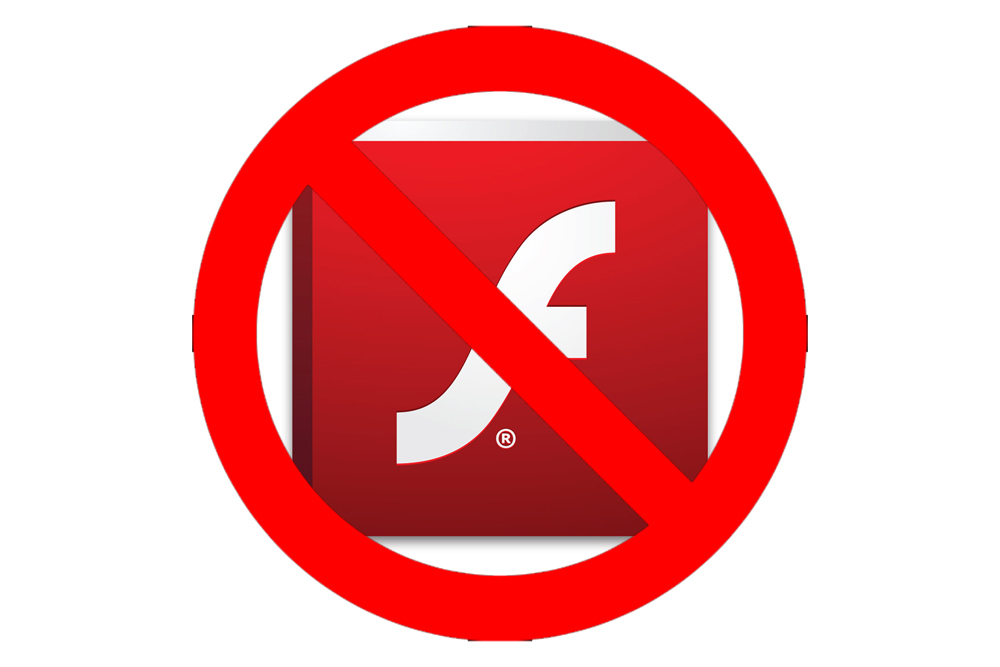Adobe Flash is nearly dead, with 95% of websites ditching it
Adobe will retire Flash in 2020, but developers are jumping ship already


Less than 5% of worldwide websites use Flash, new information has revealed, with most websites favouring Javascript for running features.
Flash is used most commonly on Google websites, although there are some others, such as 6rrb.net, Monabrat.org and Intourist, also using it. Recently, Slate.com and Wappalyzer.com have started using the tech, according to technology usage survey site W3Techs, which seems a rather counterintuitive move as pretty much every other website has stopped using it.
A year ago, just under 7% of websites were using the technology and, back in 2011, 28.5% of websites used Flash. Google's own figures echo these. At a security conference in San Diego, Google's director of engineering said the number of people viewing a page in Chrome with Flash has decreased from 80% in 2014, to less than 8% in 2018.
It's this significant decline that has led Adobe to make the decision to retire its technology in 2020, because it's not worth continuing support for it. Added to increased vulnerabilities in the software, one of which was known as CVE-2018-4878 and allowed North Korean hackers to exploit the technology, Flash is now being replaced by alternative technologies such as HTML5 and CSS3.
Even web browser makers are phasing out support for Flash, instead encouraging developers to use alternatives if they want their content to show on the likes of Chrome and Firefox.
When Adobe announced its decision to retire Flash, back in February, a spokesperson said: "Today, most browser vendors are integrating capabilities once provided by plugins directly into browsers and deprecating plugins.
"We will stop updating and distributing the Flash Player at the end of 2020 and encourage content creators to migrate any existing Flash content to these new open formats."
Get the ITPro daily newsletter
Sign up today and you will receive a free copy of our Future Focus 2025 report - the leading guidance on AI, cybersecurity and other IT challenges as per 700+ senior executives
It's important to note that the majority of websites still running Flash are either dormant websites that haven't been updated or that need significant investment to replace Flash objects with non-Flash features.

Clare is the founder of Blue Cactus Digital, a digital marketing company that helps ethical and sustainability-focused businesses grow their customer base.
Prior to becoming a marketer, Clare was a journalist, working at a range of mobile device-focused outlets including Know Your Mobile before moving into freelance life.
As a freelance writer, she drew on her expertise in mobility to write features and guides for ITPro, as well as regularly writing news stories on a wide range of topics.
-
 Bigger salaries, more burnout: Is the CISO role in crisis?
Bigger salaries, more burnout: Is the CISO role in crisis?In-depth CISOs are more stressed than ever before – but why is this and what can be done?
By Kate O'Flaherty Published
-
 Cheap cyber crime kits can be bought on the dark web for less than $25
Cheap cyber crime kits can be bought on the dark web for less than $25News Research from NordVPN shows phishing kits are now widely available on the dark web and via messaging apps like Telegram, and are often selling for less than $25.
By Emma Woollacott Published